There can be your advertisement
300x150
Repair in Practice: How to Repaint Laminate Furniture
Low-cost shelves and cabinets made from laminated particle board (DSP) and medium-density fiberboard (MDF) were originally designed as items that can be easily replaced with alternatives of different size, shape, and color. However, now DIY enthusiasts effortlessly repaint such furniture and share their experience on repair forums. We've collected the most common recommendations for changing the color, thoroughly verified them, and are now ready to pass them on to you: paint boldly, and everything will work out!
1. Remove Grease and Dirt
All contaminants and grease must be removed from the surface of laminated furniture. Use degreasing cleaning agents, thoroughly rinse, and wipe the laminated surface with a cloth, then dry it with a towel.
Many DIY enthusiasts recommend disassembling the furniture. However, this depends on the complexity of the painting task – if there are many drawers and door panels in a shelf or cabinet, it's better to take it apart. If the furniture design is very simple and you only want to repaint, for example, the fronts, it's better to leave the cabinet as is.
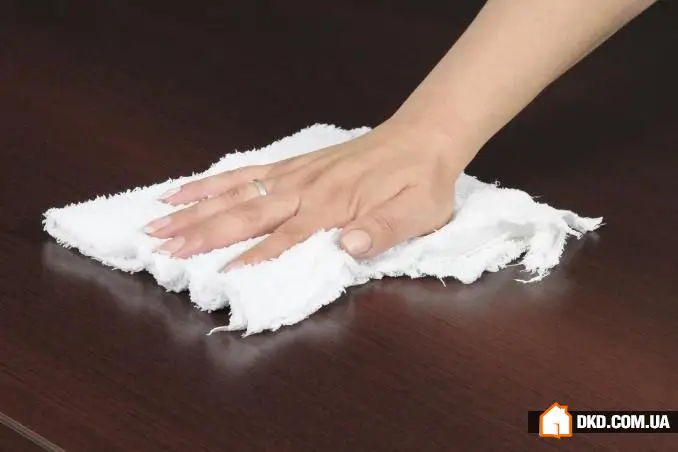
2. Create a Rough Surface
The surface of modern DSP and MDF is made of PVC, which, like any plastic, does not absorb water or paint well. To improve adhesion (bonding of the paint layer to the laminate layer), you should sand the surface with the finest sandpaper (0-grade). It's best to work with a respirator – dust from the laminate layer is very harmful.

3. Primer – the Hero
To ensure even paint application and prevent bubbling in the near future, it's essential to prime the furniture surface. Look for a primer that adheres to everything – even glass and tiles: most manufacturers of modern lacquer and paint materials now produce such primers (usually based on polyurethane). The cost of such primer is quite high, but it's not worth cutting corners here – its quality can be even more important than the paint’s quality.
Car enthusiasts share a secret: you can use primer from a canister for bumpers. A respirator is also helpful here. The primer layer must always be dried completely. It's best to allow at least 12 hours for this step.
Important:
At this stage of work, thoroughly tape over all remaining hardware with masking tape!
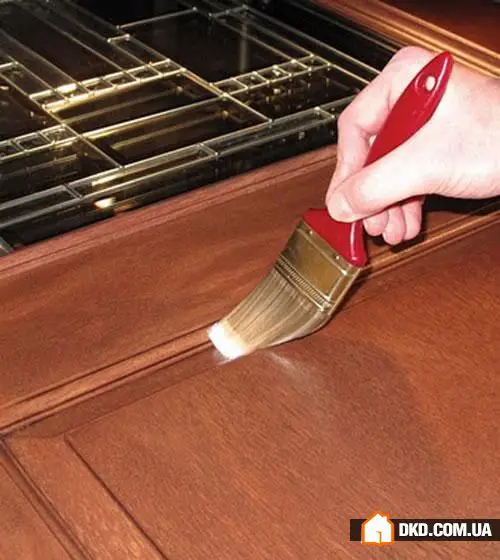
4. Fill Cracks
This step is optional, but many who successfully repainted DSP furniture regret not using filler before painting. It’s recommended to fill dents and scratches in two ways: either with latex filler or with epoxy-based compounds (there are even tips for using gel coat).
In any case, the surface must be primed again and dried after filling.
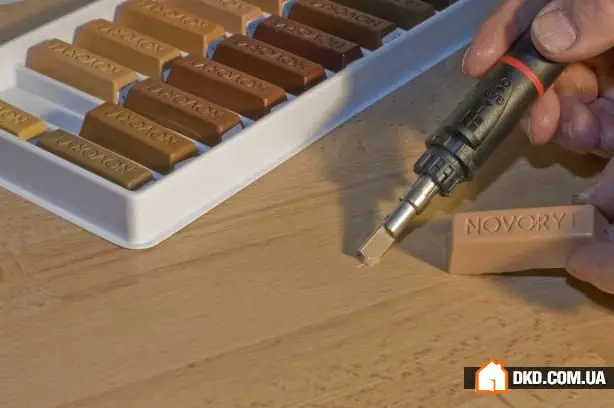
5. Paint: What to Choose and How to Apply
For painting over PVC film, alkyd enamels and polyurethane paints are suitable – it’s better to buy a special furniture lacquer and paint product labeled as such, so that the overall indoor air quality is not compromised. Epoxy enamels usually give good results, but they take too long to dry and retain a strong odor. There are many reports of DIY furniture repainting using acrylic latex-based compositions – provided special primer is used (sometimes even in two layers).
For painting work, professionals recommend using a velvet roller rather than a foam one, which will evenly and neatly cover the surface without excessive air bubbles. If you decide to paint your shelves or fronts in two layers, let the first layer dry completely before applying the second one.
Angles and hard-to-reach corners should be painted with a brush with a cut edge.
Professional approach – painting using a spray gun with paint consumption from 60 to 200 grams per square meter. The nozzle size and pressure must be calculated independently based on the paint type.
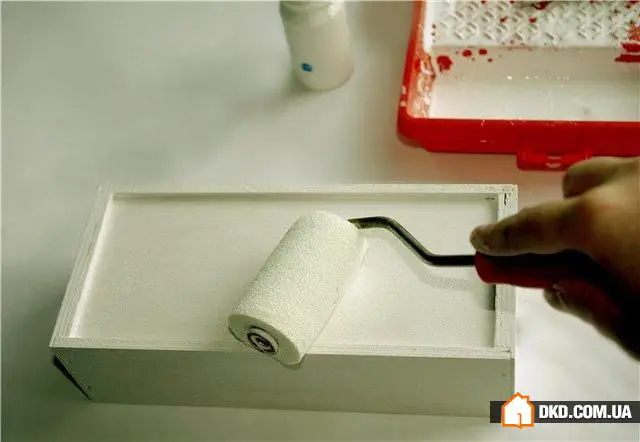
6. Protective Varnish
If you’ve repainted the fronts of a wardrobe or kitchen cabinet – parts of the furniture that experience heavy wear – it’s worth applying a water-based varnish over the painted surface. It will protect the paint from external influences, scratches, and wear. However, there's a risk that the varnish will yellow over time – but you already know how to repaint your furniture again!

More articles:
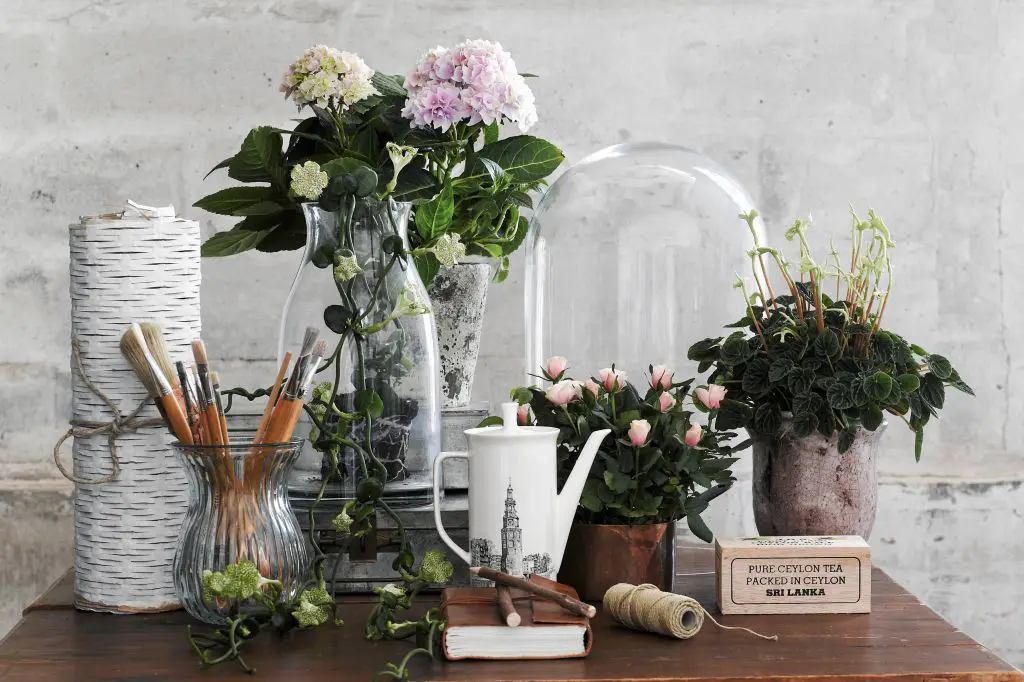 Flowers in Interior: 5 Original Ways to Green Your Apartment
Flowers in Interior: 5 Original Ways to Green Your Apartment Spring Prep: Doing a Deep Clean
Spring Prep: Doing a Deep Clean World of the Child: 6 Reasons to Decorate a Child's Room According to Feng Shui
World of the Child: 6 Reasons to Decorate a Child's Room According to Feng Shui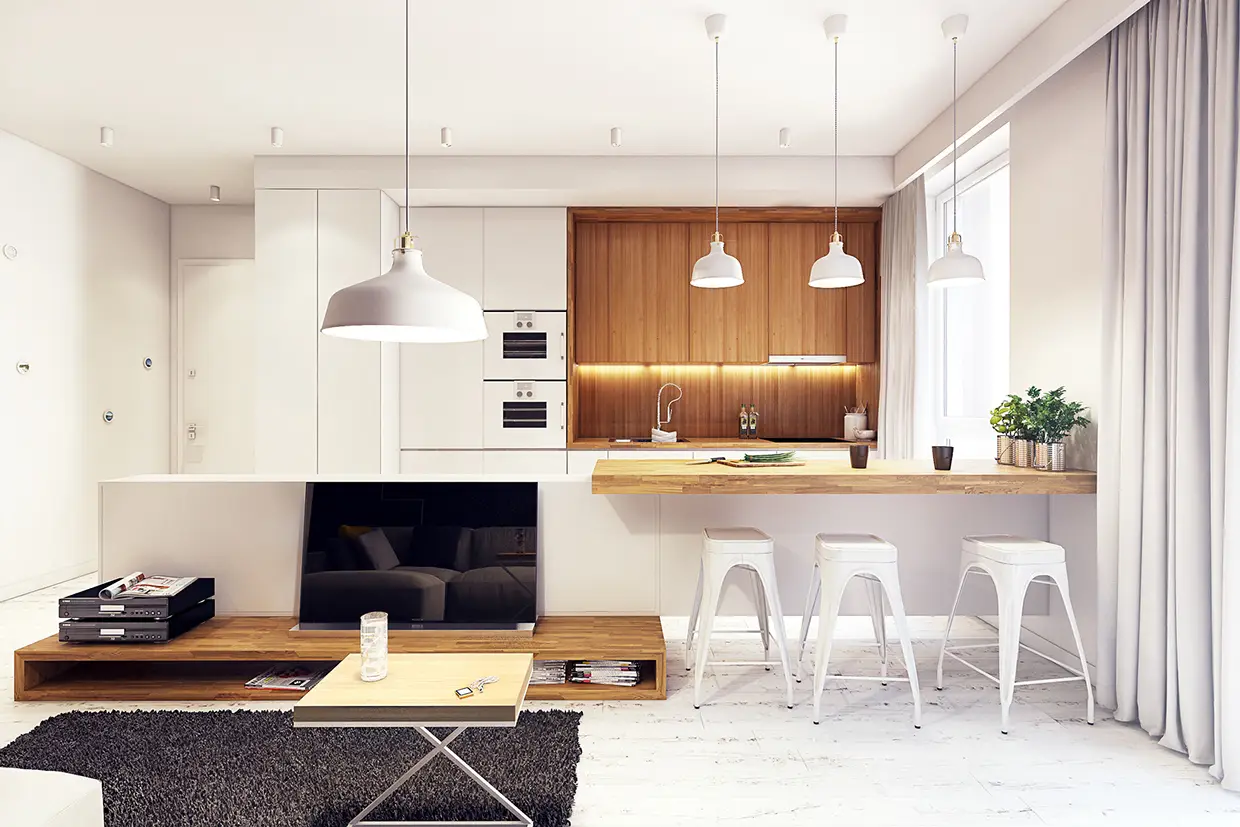 Before the Light Bulb: 7 Common Lighting Mistakes
Before the Light Bulb: 7 Common Lighting Mistakes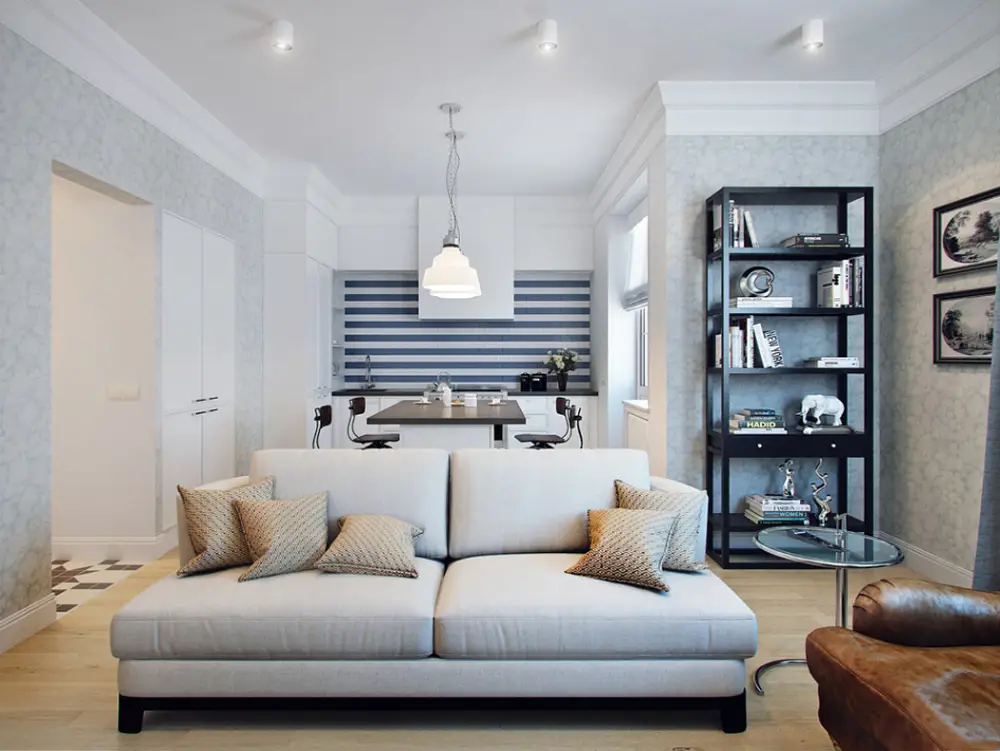 How to Visually Increase Apartment Area: 7 Winning Methods
How to Visually Increase Apartment Area: 7 Winning Methods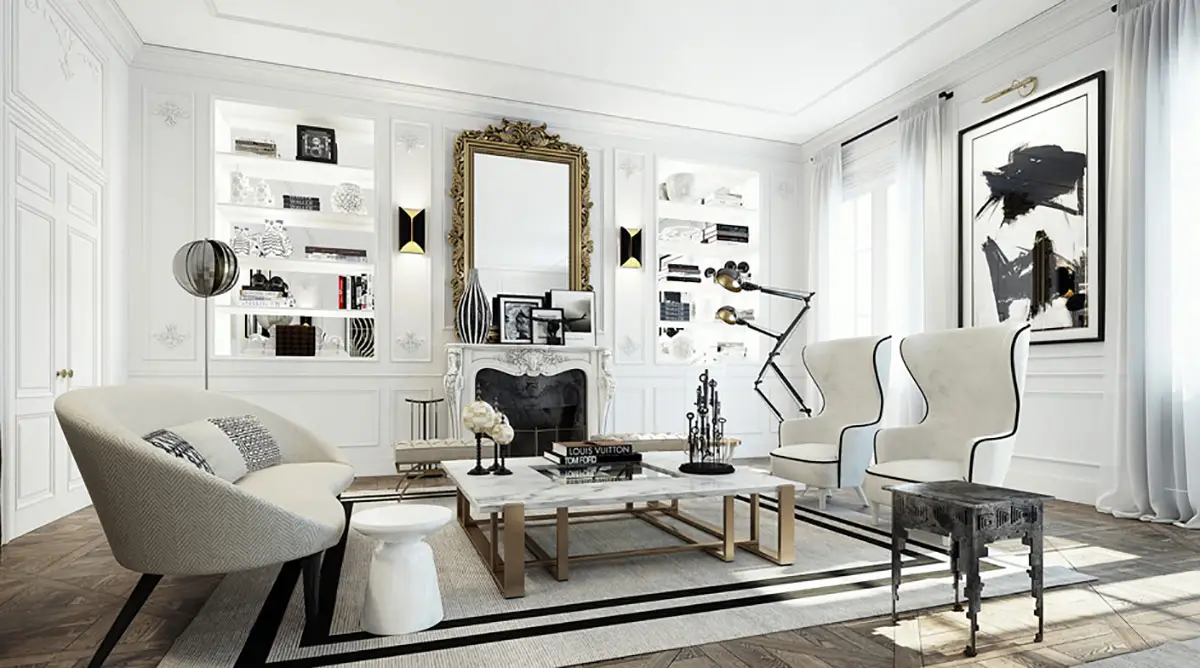 Art Deco in Interior Design: 5 Key Features
Art Deco in Interior Design: 5 Key Features 7 Ways to Save Money During Bathroom Renovation
7 Ways to Save Money During Bathroom Renovation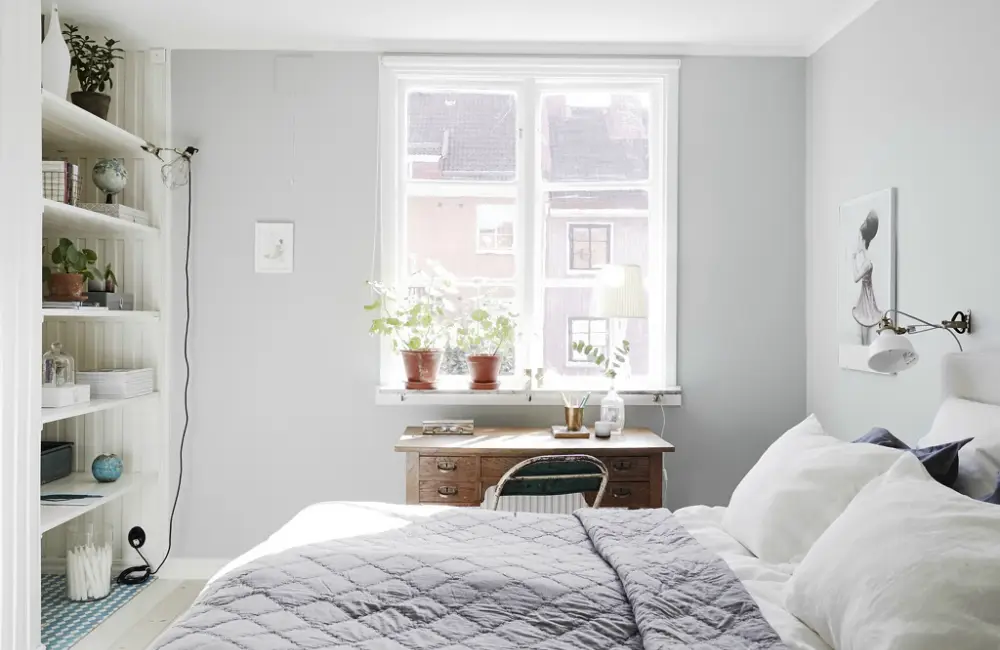 The Secret of a Cozy Bedroom: 10 Best Color Combinations
The Secret of a Cozy Bedroom: 10 Best Color Combinations